The MEP Industry Is in Flux — Here’s What You Need to Know
Welcome to The Coordination Conversation — your website blog companion to our video and podcast series by Jordan & Skala Engineers. In this article, we’re diving into some of the biggest disruptors currently shaping the mechanical, electrical, and plumbing (MEP) engineering landscape that we covered in the first episode of our podcast on YouTube and Apple Podcasts.
Featured Topics from Our Latest Episode:
1. The A2L Refrigerant Shift
The EPA’s October 2023 mandate to move toward low global warming potential (GWP) refrigerants caught much of the industry off guard. From delayed manufacturer timelines to code compliance confusion, design teams are navigating a wave of uncertainty—especially for VRF systems. Our engineers share updates on A2L’s ongoing impact on the industry, clarify key deadlines, and offer lessons from our recent project advocacy.
Key Takeaways:
- A2L design requirements for DX split systems stabilized in 2024; VRF compliance is still evolving as of 2025.
- Many jurisdictions accepted ASHRAE 15 methods for DX systems to meet A2L requirements, avoiding major design changes.
- A December 2024 EPA amendment extended VRF transition deadlines: Permitted before Oct 5, 2023? You can install R-410A VRF units manufactured before Jan 1, 2026 through Jan 1, 2028. Permitted after Oct 5, 2023? You must complete installation of R-410A VRF units manufactured before Jan 1, 2026 by Jan 1, 2027.
- Owners deciding between A2L and legacy R-410A systems must consider whether their project can meet the critical equipment manufacturing cutoff of January 1, 2026.
- Definitions: Install date vs. purchase date vs. fully completed installation date. Under the EPA ruling, a “fully installed system” means the indoor and outdoor units are in place, refrigerant piping is connected, the system is fully charged, and it is powered on. Only then is the system considered installed for compliance purposes.
- Some jurisdictions accept ASHRAE 15 in place of IMC Chapter 11, reducing the need for rated shafts and preserving rentable area—but not all.
- Jordan & Skala Engineers has successfully advocated for these alternatives, including helping cities, like Fort Worth, draft official white papers and amendments to support this approach.
2. The 2021 Energy Code: A New Baseline & Its Impact on MEP
The 2021 IECC update requires coordinated tradeoffs across mechanical, architectural, and lighting systems to meet stricter energy performance standards. While adoption began primarily in Western states, it’s now gaining traction across the East Coast as well. As more jurisdictions adopt the 2021 IECC, learn how we’re helping clients leverage energy models, tax credits, and other incentives for cost savings while meeting compliance requirements.
Key Takeaways:
- Energy modeling is now a key compliance strategy under the 2021 IECC. One major benefit: it can help eliminate the requirement for ERVs, saving owners on system costs.
- Energy savings in the model are typically achieved through improved mechanical system efficiency, upgraded window performance, and high-efficiency lighting.
- The additional energy efficiency requirements section of the code has been completely rewritten into a point-based system. Compliance now requires both MEP and architectural solutions—not just one discipline.
- Energy models also support broader goals like qualifying for local utility incentives and federal tax credits by demonstrating overall building performance.
- Engineers play a vital role in identifying code exceptions and equivalencies that may not be obvious, helping owners unlock hidden cost savings.
At Jordan & Skala, our in-house sustainability team adds unique value by working closely with our MEP teams to navigate these mandatory provisions, identify city- and utility-level incentives, and deliver integrated, cost-effective solutions.
3. Construction Administration – How Has it Changed?
Submittal parties, rising RFI volumes, and tighter project schedules are reshaping construction administration. In this episode, we explore how expectations are shifting—and how design teams can maintain quality and efficiency under increased pressure.
Key Takeaways:
- The number of RFIs considered “reasonable” has steadily increased over the past two decades, with a noticeable rise in construction administration communication industry-wide.
- Submittal parties—dedicated 2–3 day sessions where the contractor and design team review all submittals together—are becoming more common. This approach helps reduce the trickle of submittals over several months and can streamline project timelines. However, challenges include scheduling logistics and the risk of approving items too early. If the owner requests changes after the submittal party, it may create complications.
- Our team evaluates how submittal parties may affect project fees—especially in cases where multiple parties or resubmittal sessions are requested.
Why it matters:
From shifting refrigerant regulations to evolving energy codes and rising construction admin demands, today’s MEP landscape requires more than just technical know-how—it demands agility, advocacy, and collaboration. At Jordan & Skala Engineers, we’re helping clients stay ahead through proactive code education, integrated design strategies, and smart coordination across disciplines.
Watch the full discussion to stay ahead of the changes shaping our industry.
Meet Our Speakers
Kendy E. Guillaume, LEED AP BD+C
Principal, Director of Operations, Houston
Sam Weaver
Senior Associate, Charlotte
Thank You To Our Partners
Addison HVAC, delivering custom, high-performance systems built for your space—whether you’re cooling a data center, classroom, office, hotel, or hospital. From precise humidity control to energy efficiency, Addison has your air covered—so you can breathe easy and get back to doing what you do best.
FrostShield: Reliable Heating Without Defrost Cycles
FrostShield, brought to you by Addison, prevents frost buildup on heat pumps by maintaining coil temperatures above freezing—eliminating defrost cycles and ensuring consistent heating in cold climates. This energy-efficient technology boosts system performance, reduces wear, and enhances comfort. Ideal for commercial applications, FrostShield supports sustainability while cutting energy costs.
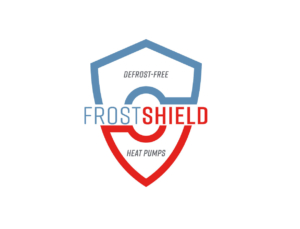 ___________________________________________________________________________________________________________
___________________________________________________________________________________________________________
Since 1904, Carrier® has been committed to providing HVAC products designed to not only create comfortable living conditions but to provide heating and cooling solutions that are both energy efficient and user-friendly. For over a century, Carrier® has been the leader in the HVAC industry and continues to evolve as their skilled team of innovators and designers work to provide the latest and best in HVAC technology. Carrier® HVAC equipment is designed with quality, reliability and responsiveness in mind to ensure every customer is satisfied. At CE, we’re able to provide Carrier® HVAC systems for all budget and efficiency needs. As your local Carrier® distributor, we offer the best possible solution for our customer’s satisfaction. Inspiring Confidence®.
___________________________________________________________________________________________________________
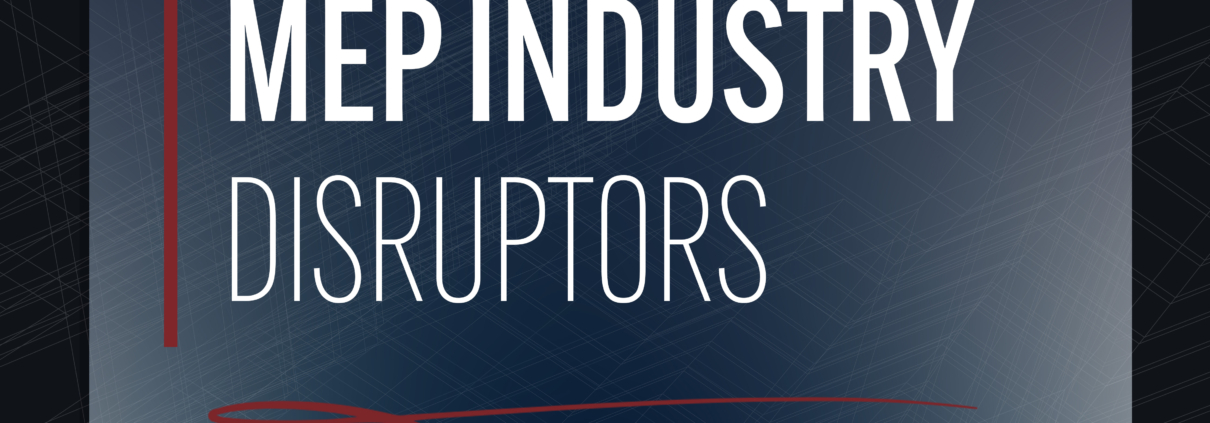
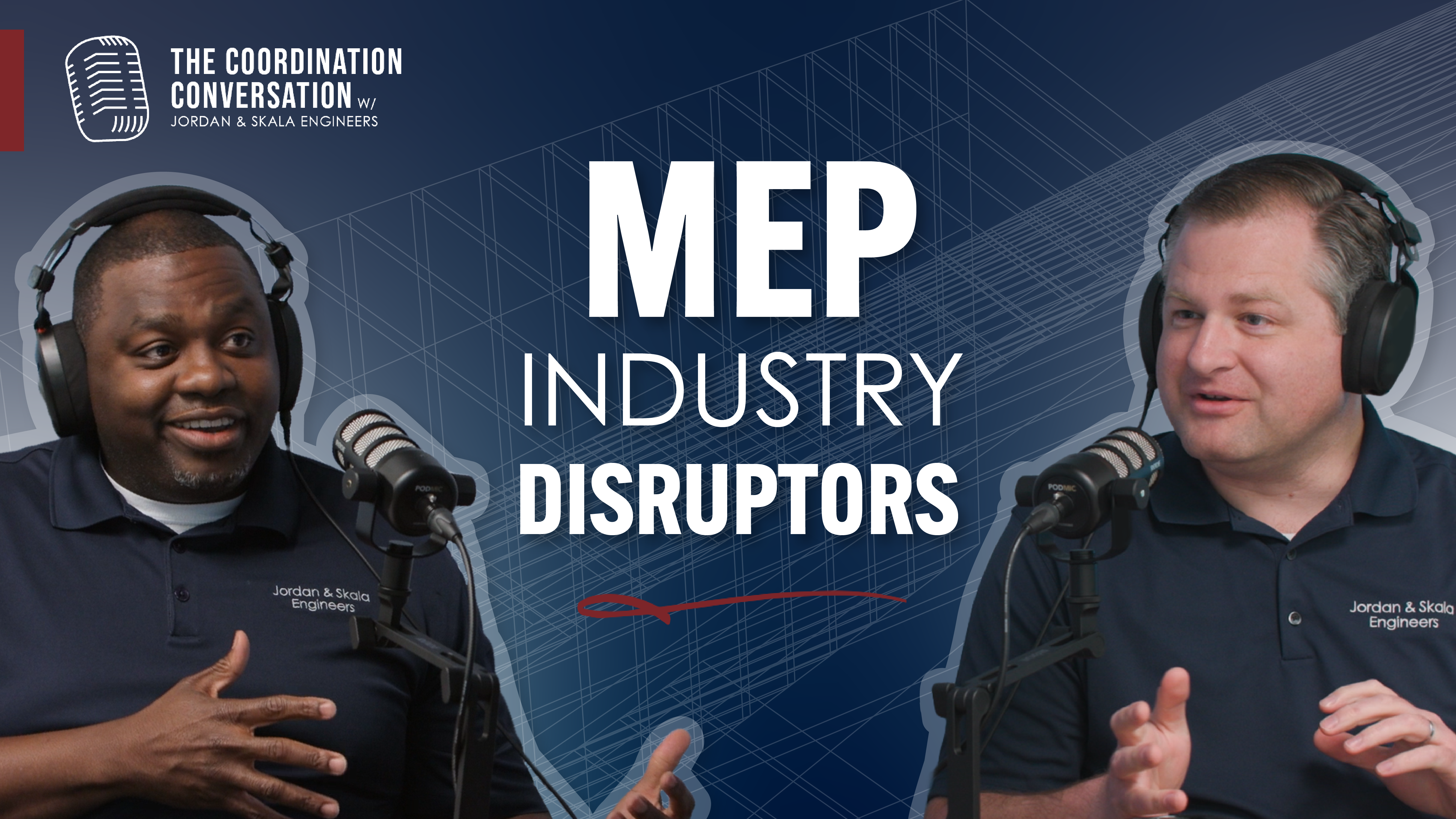



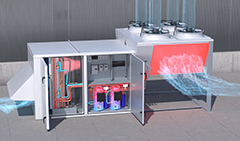
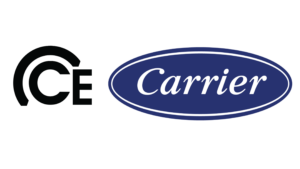
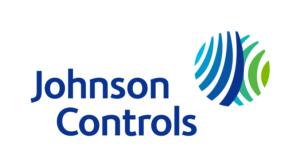
Leave a Reply
Want to join the discussion?Feel free to contribute!